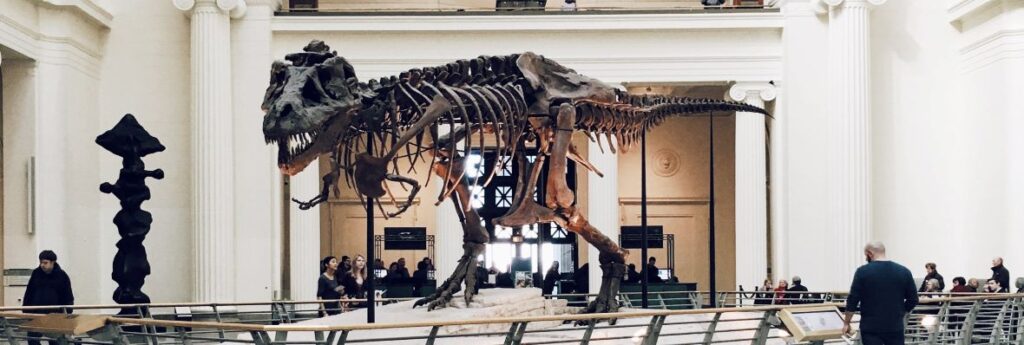Up to 12,000 US museums – one out of every three – face permanent closure without near-term government assistance, says an organization representing the industry south of the border.
Based on a survey of members conducted in June, the American Alliance of Museums (AAM) is warning that approximately 33 percent of the cultural institutions may not survive the financial crisis brought on by the pandemic and will be forced to shutter forever.
The poll of more than 750 museum directors confirmed early estimates of the dire economic harm to museums caused by the COVID-19 closures, which are expected to continue due to recent outbreaks across the country. Museum directors surveyed represented a broad cross-section of the field geographically, by size, and by discipline.
“Museum revenue disappeared overnight when the pandemic closed all cultural institutions, and sadly, many will never recover,” said AAM president and CEO Laura Lott. “Even with a partial reopening in the coming months, costs will outweigh revenue and there is no financial safety net for many museums. The distress museums are facing will not happen in isolation. The permanent closure of 12,000 museums will be devastating for communities, economies, education systems, and our cultural history.”
Meanwhile, of the museums able to reopen, over 40 percent are doing so with reduced staff and will need to spend additional funds to ensure their ability to reopen safely.
Other findings in the survey show how museums will struggle to recover, even when institutions are able to reopen:
• One-third (33%) of museum directors surveyed confirmed there was a “significant risk” of closing permanently by next fall, or they “didn’t know” if they would survive.
• The vast majority (87%) of museums have only 12 months or less of financial operating reserves remaining, with 56% having less than six months left to cover operations.
• Two-thirds (64%) of directors predicted cuts in education, programming, or other public services due to significant budget cuts.
Alliance advocates have secured hundreds of millions of dollars for museums, and the Federal Paycheck Protection Program has served as a lifeline for many museums. “However, with the funding running out, furloughs and layoffs will grow without additional financial support from the government or donors,” says Lott, who says that, on average, museums receive less than 25 percent of their total funding from government sources.
Formed in 1906, the American Alliance of Museums represents more than 35,000 individual museum professionals and volunteers, institutions, and corporate partners serving the museum field. The organization helps develop standards and best practices, gathering and sharing knowledge, and providing advocacy on issues of concern to the entire museum community.

